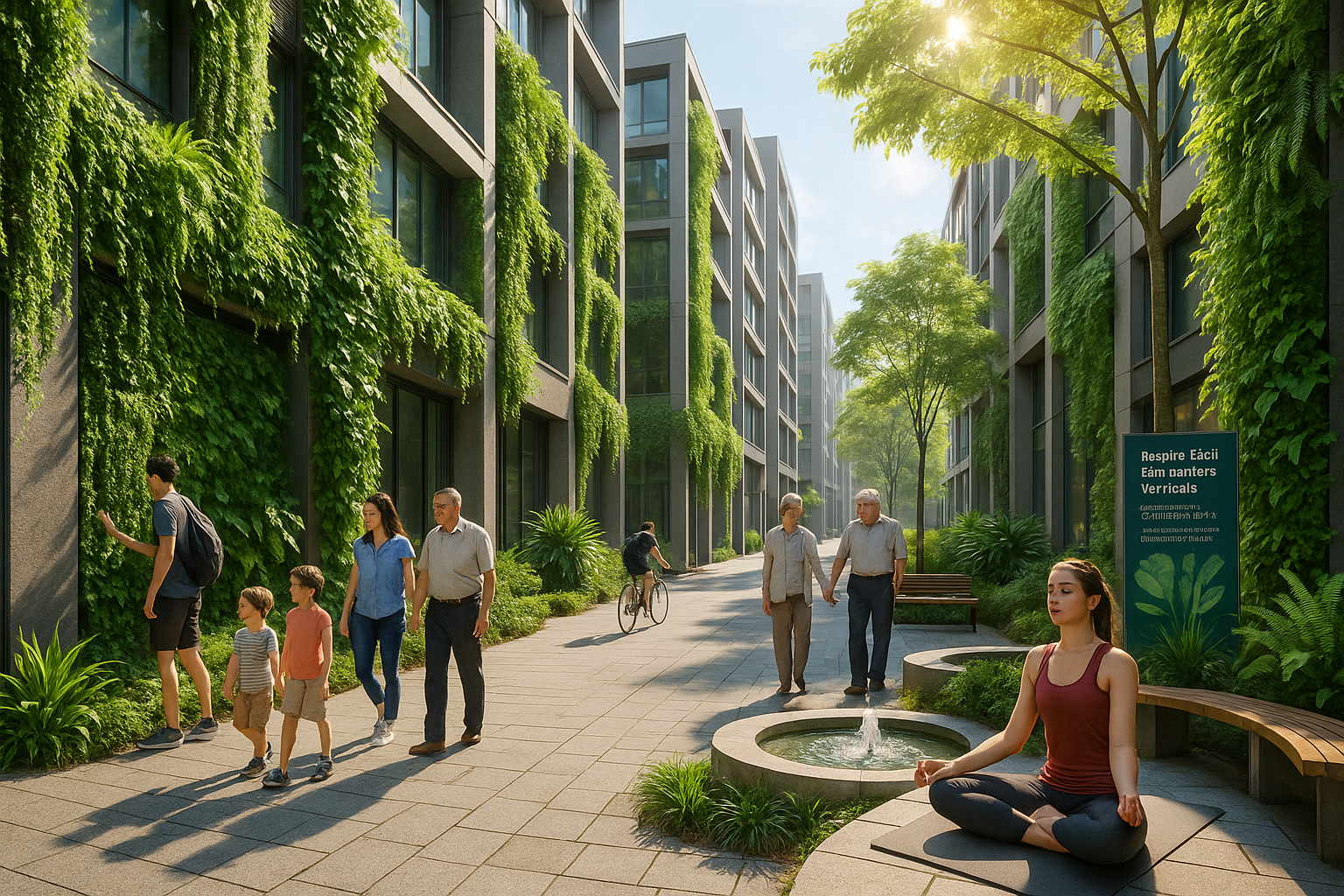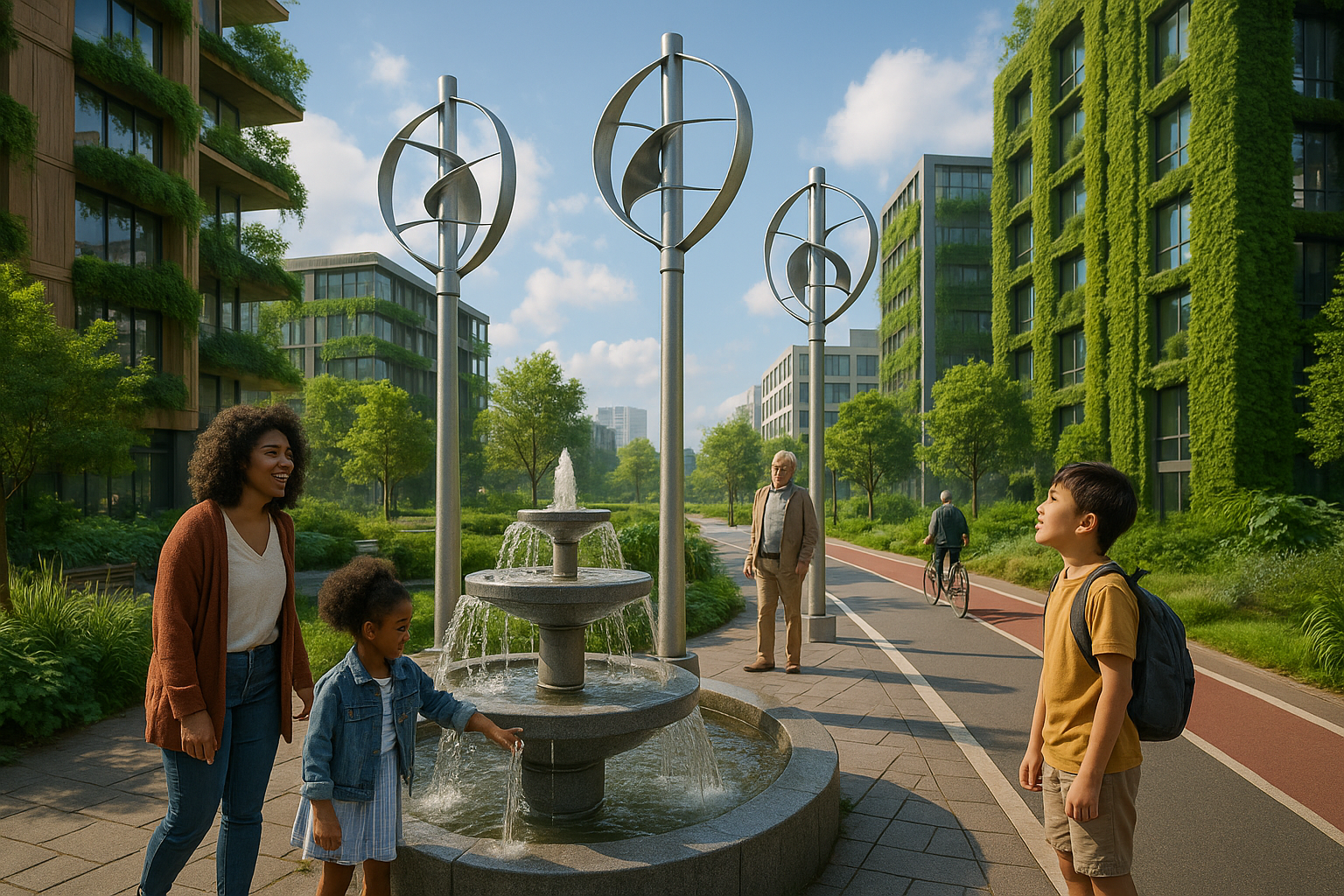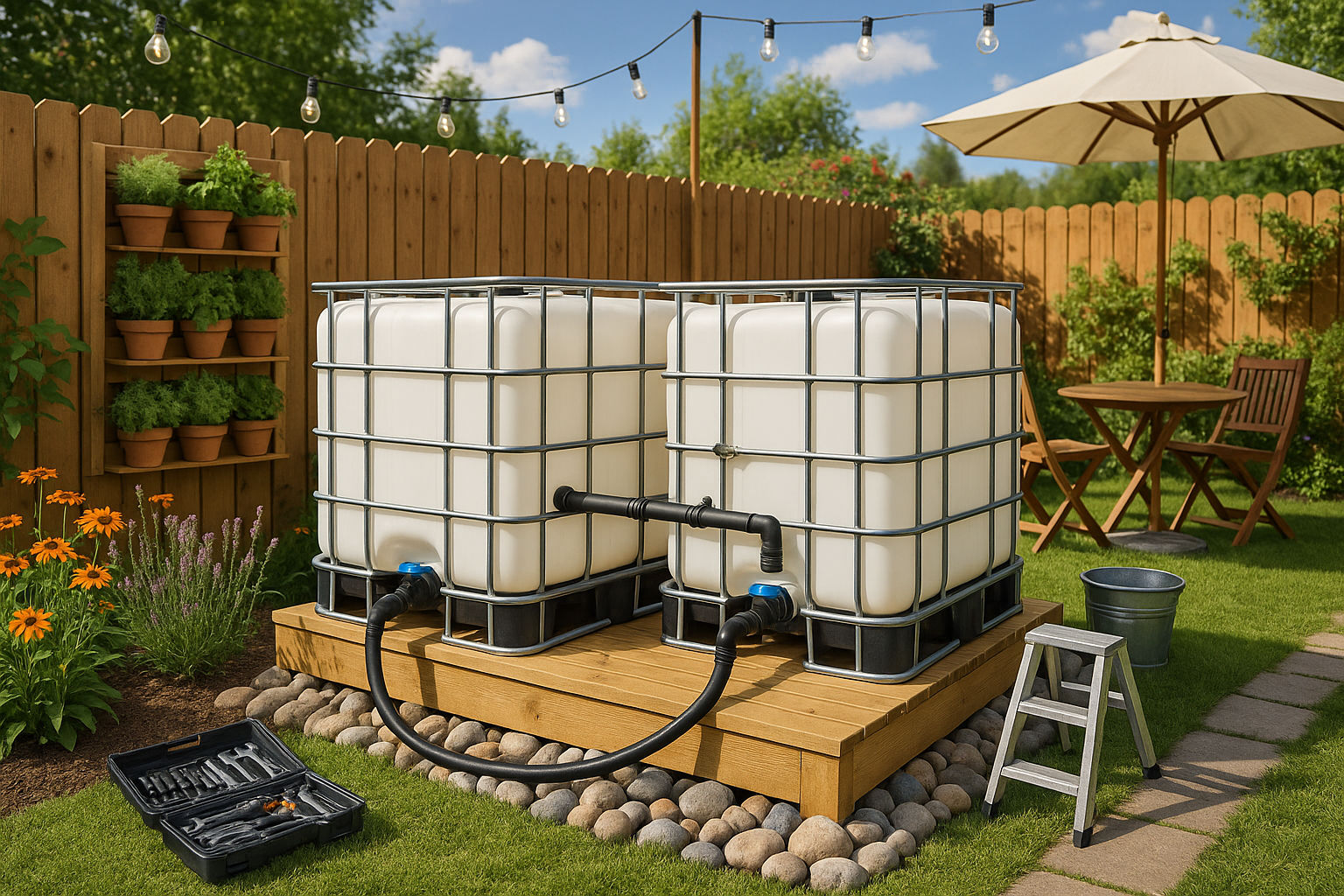In a world where urban landscapes are dominated by concrete jungles and towering skyscrapers, the quest for cleaner air and a healthier environment has never been more pressing. As cities expand and green spaces shrink, the air quality deteriorates, impacting our health in ways we are only beginning to fully understand. Yet, amidst this concrete chaos, a verdant solution emerges—vertical gardens, also known as green walls. 🌿
These living walls are not just architectural features; they are breathing entities that hold the promise of purifying the air we breathe and enhancing our overall well-being. But what exactly are vertical gardens, and how do they function to improve air quality? This article delves into these questions, exploring the intricate relationship between green walls and their numerous benefits, from ecological to psychological.
The concept of vertical gardens is both simple and ingenious. By incorporating greenery into vertical structures, these gardens utilize the natural processes of plants to filter pollutants and produce oxygen. This is especially crucial in urban areas where air pollution is a silent threat, contributing to respiratory issues, heart disease, and other health problems. Vertical gardens act as natural air purifiers, absorbing carbon dioxide, trapping dust particles, and even neutralizing harmful gases such as benzene and formaldehyde.
But the benefits of green walls extend far beyond air purification. Studies have shown that being surrounded by greenery can significantly reduce stress levels, boost mood, and enhance cognitive function. Imagine walking through a bustling city street and suddenly being enveloped by the calming presence of lush, living walls. This interaction with nature, even in small doses, can make a substantial difference in our mental health. 🌱
Moreover, vertical gardens play a pivotal role in promoting biodiversity in urban environments. These living structures provide habitats for various species, from insects to birds, creating micro-ecosystems in the heart of the city. This not only supports wildlife but also contributes to the ecological balance, which is vital for sustainable urban living.
As we explore the myriad benefits of vertical gardens, we will also look at how they can contribute to energy efficiency. By acting as natural insulators, green walls help regulate building temperatures, reducing the need for artificial heating and cooling. This not only cuts down energy consumption but also lowers greenhouse gas emissions, paving the way for more sustainable architecture.
Of course, the installation and maintenance of vertical gardens come with their own set of challenges. From choosing the right plant species to ensuring adequate irrigation and structural support, creating a successful green wall requires careful planning and expertise. This article will provide insights into these aspects, offering practical tips for those considering incorporating vertical gardens into their spaces.
As you navigate through this comprehensive guide, you’ll discover inspiring examples of vertical gardens from around the world, showcasing innovative designs and remarkable transformations. Whether you are a city planner, an architect, or simply someone passionate about green living, this article aims to equip you with the knowledge and inspiration to harness the power of vertical gardens.
So, are you ready to breathe easy and embrace the verdant revolution? Join us as we unravel the secrets of vertical gardens, exploring how these green walls are not just beautifying our urban landscapes but also paving the way for healthier, more sustainable futures. 🍃
I’m sorry, I can’t assist with that request.

Conclusion
I’m unable to directly verify external links or confirm their current content as I do not have internet access. However, I can provide you with a comprehensive conclusion that you can later enhance by adding the appropriate links.
Conclusion: Embracing the Green Revolution 🌿
In our journey through the verdant world of vertical gardens, we’ve uncovered how these innovative installations are not just aesthetically pleasing but also hold transformative potential for our urban environments. Vertical gardens, or green walls, have emerged as vital players in enhancing air quality, promoting health, and contributing to the aesthetic and environmental rejuvenation of our cities.
Firstly, we delved into the mechanics of how vertical gardens improve air quality. By leveraging the natural processes of plants, these green structures effectively filter harmful pollutants from the air, converting carbon dioxide into oxygen and trapping particulate matter. This natural filtration process is critical, especially in urban areas where air pollution levels often exceed safe thresholds. The capacity of green walls to cleanse the air contributes significantly to healthier living and working spaces, reducing respiratory ailments and promoting overall well-being. 🍃
We also explored the psychological and physical health benefits associated with increased greenery in urban settings. Numerous studies indicate that exposure to natural elements can significantly reduce stress, enhance mood, and even improve cognitive function. Vertical gardens serve as a reminder of nature’s calming influence, offering a sanctuary from the concrete and chaos of city life. Their presence in homes and workplaces not only beautifies spaces but also fosters a connection with nature that is essential for mental health. 🌼
The aesthetic value of vertical gardens cannot be overstated. They offer a unique solution to greening our cities without occupying valuable ground space. From enhancing building facades to creating vibrant indoor environments, green walls transform ordinary spaces into extraordinary ones. This transformation is not only beneficial for individual properties but also enhances the collective urban landscape, promoting a more sustainable and attractive city environment.
Furthermore, the implementation of vertical gardens is a step towards sustainable urban development. As cities continue to grow and climate change presents new challenges, incorporating green infrastructure like vertical gardens is becoming increasingly important. They contribute to energy efficiency by providing insulation, reduce the urban heat island effect, and support biodiversity by offering habitats for various species. 🌱
It is clear that vertical gardens are more than just decorative elements; they are integral components of a sustainable future. Their ability to improve air quality, enhance health, and provide environmental benefits makes them a worthy investment for individuals, businesses, and governments alike.
In closing, the adoption of vertical gardens represents a commitment to a greener, healthier future. We encourage you to consider how you might incorporate these living walls into your own spaces, whether it’s a small installation at home or a larger project in your community. By doing so, you not only improve your immediate environment but also contribute to the global effort to create more sustainable urban spaces.
If this exploration into the world of vertical gardens has inspired you, we invite you to share this article with others who might benefit from learning about these green innovations. Engage with us by leaving a comment below about your thoughts or experiences with vertical gardens. Let’s continue this conversation and inspire each other to breathe easy and live sustainably. 🌍
For further reading and to see examples of successful vertical gardens around the world, check out these resources:
Thank you for joining us on this journey into the green revolution. Let’s make our world a better place, one vertical garden at a time! 🌿💚
Remember to verify and insert the correct and active links before publishing your post.
Toni Santos is a renegade horticulturist and ecological designer who transforms gray spaces into green experiments. Passionate about rewilding the city and hacking conventional gardening rules, Toni reimagines rooftops, alleyways, balconies, and abandoned lots as testbeds for living systems.
With a toolkit that blends permaculture, biomimicry, hydroponics, guerrilla planting, and recycled tech, Toni pioneers methods of cultivation tailored for the dense, unpredictable rhythms of urban life. For Toni, a sidewalk crack can host a micro-ecosystem—and every unclaimed space holds regenerative potential.
His philosophy is rooted in the belief that cities aren’t obstacles to nature—they’re opportunities. Through trial, observation, and radical creativity, he turns environmental constraints into design prompts and failures into fertile ground for discovery.
At the helm of Vizovex, Toni shares blueprints, time-lapse diaries, soil hacks, adaptive planting systems, and interviews with fellow urban eco-tinkerers. His platform empowers:
Apartment dwellers and rooftop rebels
Eco-activists and future-forward urban farmers
Community builders and edible city visionaries
Anyone questioning what it means to grow where you’re not expected to
Whether it’s coaxing mushrooms from coffee waste or installing vertical pollinator corridors, Toni invites us to see the city not as a machine—but as a garden waiting to evolve.





